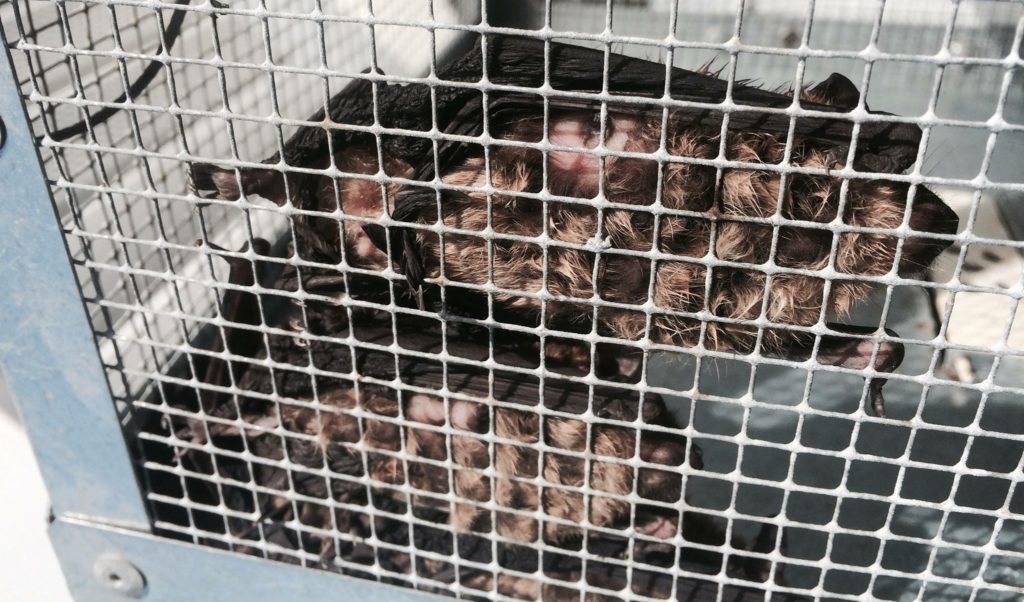Bat removal is a necessary service for all property types, from commercial businesses and buildings, to residential homes and more. That is because bats are incredibly destructive to such properties, especially if they get inside of them. Indoors, they will roost in large numbers, which causes structural damage to everything they come into contact with, including insulation, floorboards, electrical wires, ceilings, and more. They also pose a long list of health and hygiene hazards, such as pest infestations, transmissible diseases, odor and filth, and more.
For these reasons, it is vital to have a bat infestation or nuisance bat problem abated as soon as you are aware it exists on your property. If a bat problem is ignored, costly damages will add up faster than you can imagine. Once bats are removed, the property is them modified to prevent further interruption from nuisance wildlife.
But what about the bats? Many wonder what actually happens to them once they are removed. Continue reading to learn more about this topic.

Virginia Bat Removal and Control 804-729-9097
Bat Rehabilitation and Release
Bats are vital parts of our local eco-systems, and ultimately, our local economies. Although they can be a nuisance, they should never be harmed or killed. Instead, they should be protected and nurtured at all costs. This is why bats are not treated like pests once they are in the possession of wildlife rescue and control professionals. They are treated like the valuable species they truly are. Standard practices for bat transportation and care differ from state to state, but in general, bats are tested and released after professional bat removal service.
After bats are retrieved and extracted from a property, those that are suspected of illness are sent to a lab to be tested for Rabies. Following testing, healthy bats are released back into nature in a faraway habitat where they can live out the remainder of their lives in peace and harmony.
Bats that are infected with the Rabies virus are generally euthanized by a professional exotic wildlife veterinary technician. Bats that are injured or sick are transported to a bat rehabilitation habitat where they are carefully treated, and then released back into the wild once they are capable of caring for themselves again.
Who to Trust for Safe and Humane Bat Removal

Virginia Bat Removal and Control 804-729-9097
